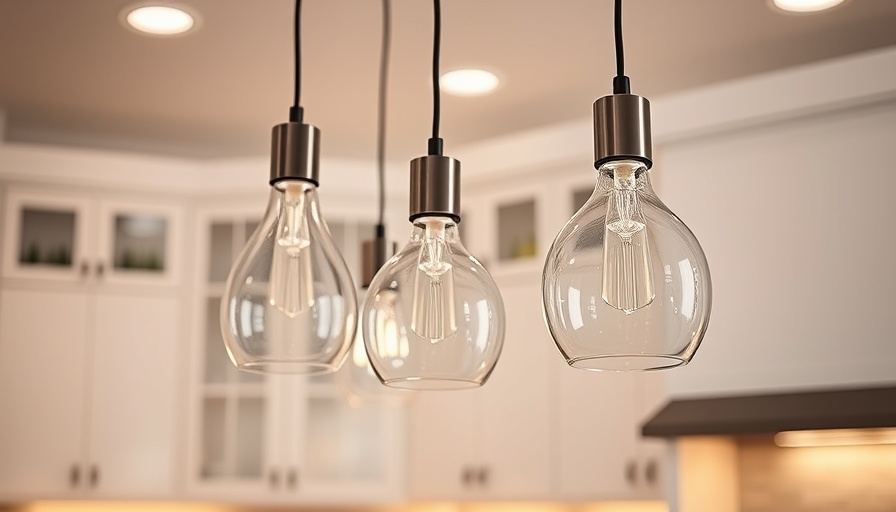
Small Changes, Big Impact: How to Save Energy at Home
In an age where every small effort counts towards combating climate change, energy conservation has never been more critical. The home, being the primary living space for most, presents countless opportunities for residents to cut down on energy usage and reduce their carbon footprint. Here’s a look at some easy, actionable ways to implement energy-efficient practices in your daily life, all of which could make a noticeable difference in your utility bills.
Simple Habits You Can Adopt Today
Making a concerted effort to turn off devices when not in use can be profoundly impactful. This goes beyond merely flicking off the light switch as you leave a room; it extends to other devices like televisions, computers, and game consoles. Even devices that appear off may still consume energy if they remain plugged in. One solution is to use a power strip for all your electronics, allowing you to turn everything off with a single switch. Additionally, don't forget those sneaky chargers! They continue to draw energy when left plugged in. By unplugging chargers or using smart plugs that can be turned off remotely, you can easily decrease your energy consumption.
Choosing Energy-Efficient Lighting
When it comes to lighting options, the humble LED bulb stands out as the champion of energy savings. A single LED bulb can last up to 25 times longer than a traditional incandescent bulb, saving you over $100 throughout its lifetime. Moreover, given their versatility in design, colors, and compatibility with dimmers, they offer plenty of options for creating the perfect ambiance at home. Citizens are encouraged to explore local utility rebates to potentially lower the initial cost of these energy-efficient lighting solutions.
Timing Your Appliances for Greater Efficiency
It’s essential to operate your appliances wisely to avoid wasting energy. For instance, avoid running the dishwasher or laundry machines unless they're at full capacity. Opt for cold water settings when washing clothes, as this not only conserves energy but also protects your garments. Furthermore, with the refrigerator—a significant household energy consumer—make sure it is set correctly: between 28 and 42 degrees for the refrigerator and between 0 and 5 degrees for the freezer. Check the door seals as well; a quick test with a dollar bill can help you determine if it's time to replace them.
Adjust Your Tech Settings for Energy Savings
Your television might be the most energy-hungry device in your home if not carefully managed. Modern TVs come equipped with energy-saving features you should familiarize yourself with. For example, disabling the "quick start" feature can reduce unnecessary power consumption. Also, take advantage of any automatic brightness control settings, as this enables the device to adjust based on the surrounding light, ensuring it only uses power when necessary—especially since most TV viewing happens in lower light.
Why Energy Efficiency Matters
Beyond the immediate benefits of lower utility bills, adopting energy-saving habits contributes to a healthier planet. Fewer energy resources consumed means less pollution, decreased greenhouse gas emissions, and a greater overall preservation of the environment. With climate change being one of the defining challenges of our generation, individual actions—while small—can collectively lead to significant improvements for our earth.
Your Energy-Saving Journey Starts Now
Embracing these habits and making minor adjustments at home can lead to substantial energy savings, proving that everyone can make a difference in the fight against climate change. So why not start today? Gather your family, share these tips, and embark on this journey together. You'll not only feel good about helping the planet but also enjoy the financial savings that come from becoming more energy-efficient. Let your utility bill reflect your new lifestyle choice!
 Add Row
Add Row  Add
Add 




Write A Comment